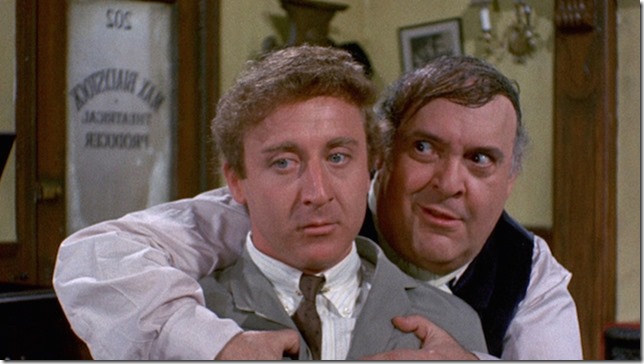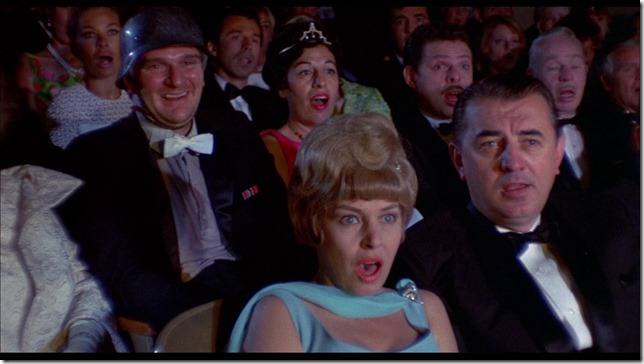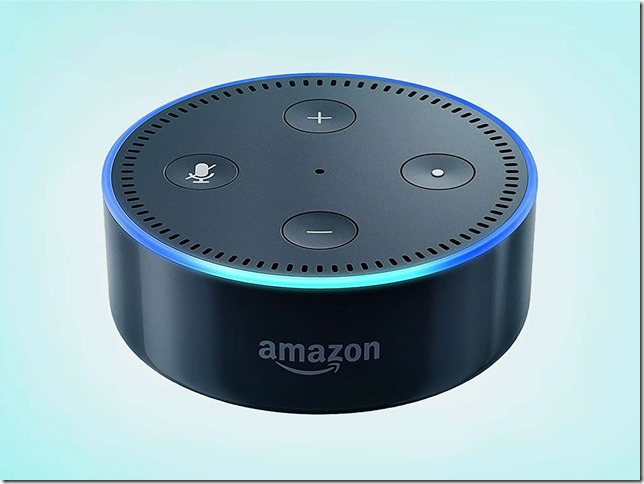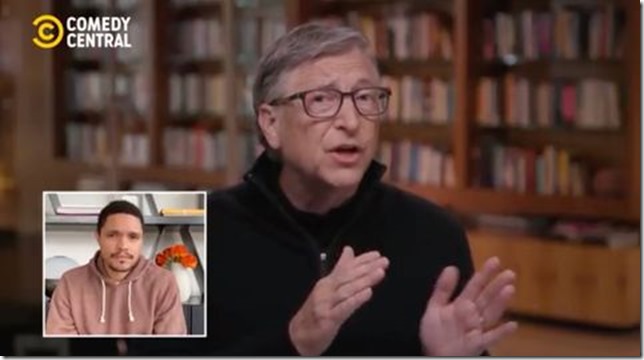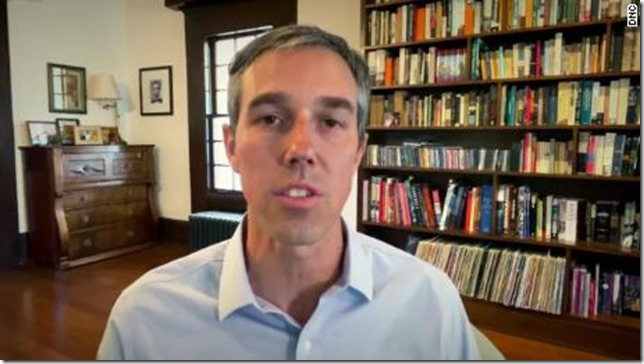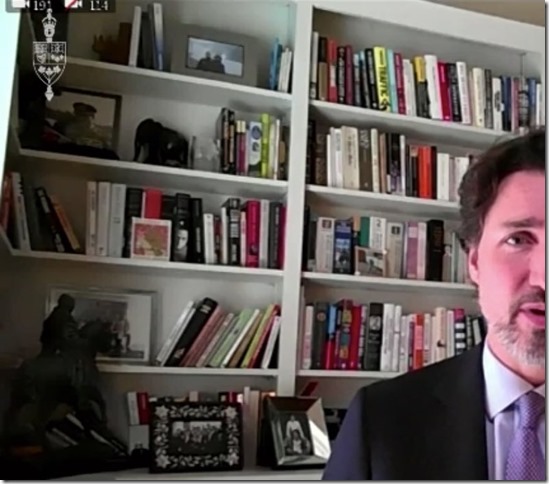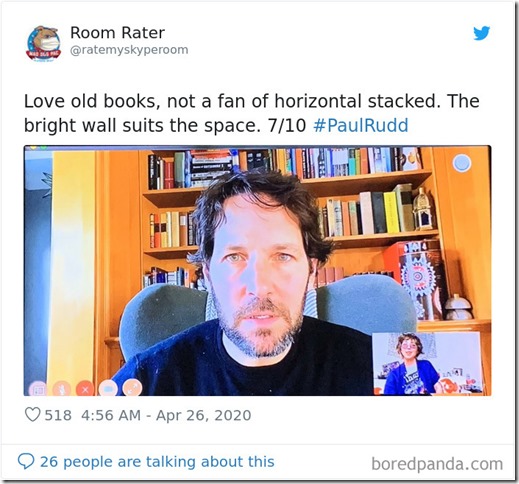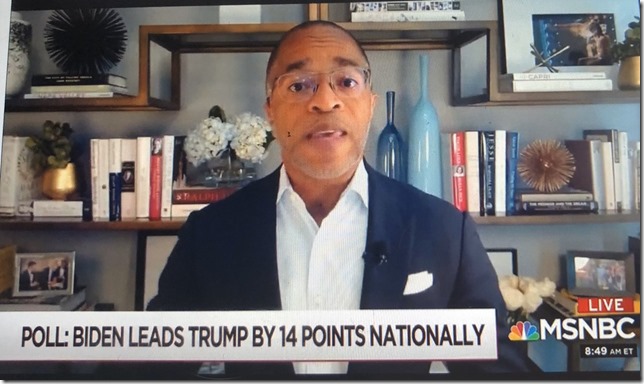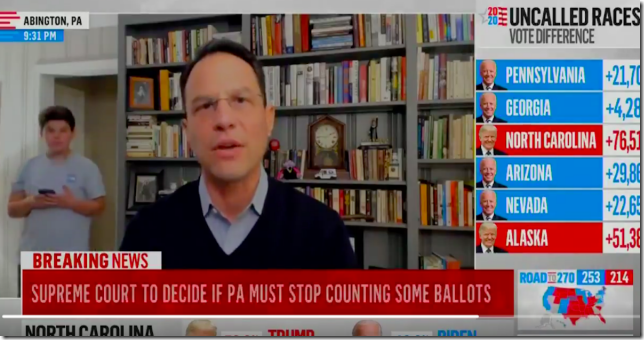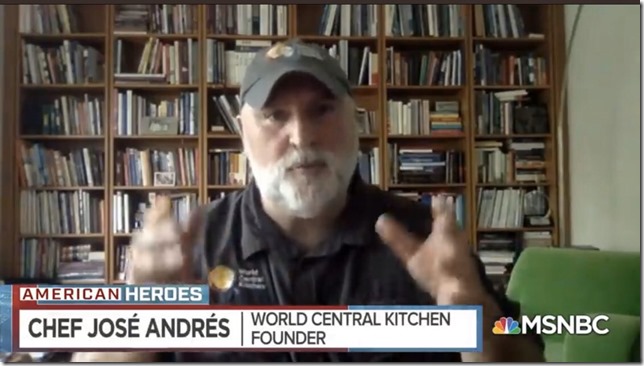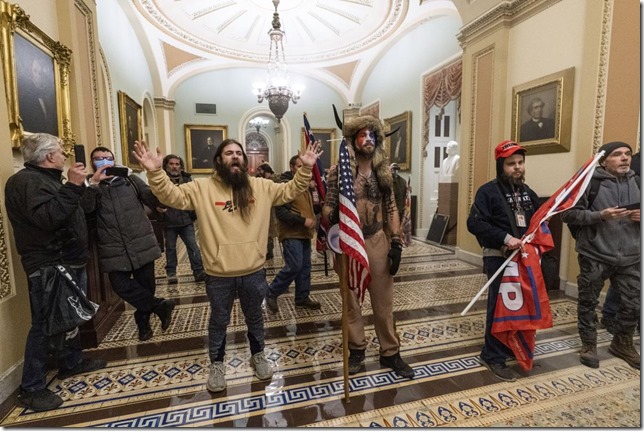If you look up the Xbox One Kinect (informally known as the Kinect 2) on the GameStop website, you’ll read in the product description that “[t]he best Xbox One experience is with Kinect.”
Over the course of the Xbox One’s life, there were approximately 38 games that supported Kinect body tracking. None of them were triple-A games. This is out of 2682 games for the Xbox One. While Microsoft initially planned to require that the Kinect be always on, by the time of the Xbox One’s release on November 2013, this requirement was removed. By the summer of 2014, Microsoft unbundled the Kinect from their game console, allowing people to purchase the Xbox One at a lower price point that was more competitive with PlayStation 4. The final blow came in late 2015, when Microsoft removed their Kinect support for navigating the Xbox dashboard.
Before going into some theories on what happened to the Kinect, I wanted to give my “they’re all dirty” metaphor for the recent rise and fall of the GameStop stock price. The weak GameStop business was being shorted by hedge funds. Small investors gathered on Reddit decided to fight this by pumping money into GameStop stocks in order to inflate the price artificially. They typically used the app Robinhood, which doesn’t charge trading fees, to do this. In the end, the hedge funds appear to have hedged their best, because even as they lost money on their shorts, they made money by fulfilling the trades coming through Robinhood from these reddit investors.
Isn’t this the plot of Mel Brooks’ The Producers? While the purpose of the stock market is supposed to be efficiently moving investor money into the hands of companies in order to create value, short-selling is a speculative financial instrument to allow people to bet that certain companies will fail. Like Leo Bloom, hedge funds like Melvin Capital and Citadel recognized that sometimes you can make more money with a failed venture than with a successful one.
In order to improve the odds of failure, Leo Bloom and Max Bialystock stack the deck by finding the worst script, the worst director and the worst cast for their Broadway show. Similarly, in order to improve the odds of driving down the price of GameStop stock, Citadel let people know that they were shorting the stock. Who would invest in a company that Wall Street big guns were trying to destroy?
The problem for The Producers is that the worst play, Springtime for Hitler, the worst director (who turned it into a Busby Berkeley style musical), and the worst cast (drugged addled hippies), come together to create something that people can enjoy ironically. The play is so bad, it is good.
The worst director and worst cast in the GameStop saga are the Robinhood app and the reddit community /wallstreetbets. Robinhood allows (and encourages) inexperienced investors to bet against Wall Street professionals, which is about as successful as betting against the house in Las Vegas. /wallstreetbets, in turn, allows users to try out betting systems. The latest one depends on treating the stock market ironically, assuming that investment is primarily about manipulating markets rather than finding good companies to invest in. The only difference between /wallstreetbets and the hedge funds, is that one is made up of market outsiders and the other by insiders. Late capitalism. Post-truth investment.
There was a time when GameStop wasn’t just a carcass being fought over by carrion feeders looking for a quick meal. In 2013, GameSpot was a quickly growing company that made its money reselling second-hand console game disks.
In the lead up to the release of the XBox One, it turns out that Microsoft was attempting to kill this aftermarket. Even into the middle of 2013, Microsoft was considering dropping the optical drive from its hardware altogether and making the purchase of games completely cloud-based, like Steam.
It is clear from the confusion around the May, 2013 Xbox One reveal that this idea had lingering ramifications for the strategy around connectivity. Two requirements for a digital only game distribution system are a need for all consoles to be online, at least part of the time, and complex digital licensing verification systems. It turned out that the aftermarket in video games, brokered through third-parties like GameStop, was a much bigger deal than Microsoft realized and their inability to explain how people would be able to exchange and sell used games inspired one of the great marketing trolls of all time, when Sony created a commercial demonstrating how to exchange PlayStation games.
Today any teenager can explain to you the market forces that are destroying GameStop’s business model. There is no need for a company to provide an aftermarket for video games when no one uses disks anymore. Everything is digital in 2021 and everything is online. Almost like an act of revenge for 2013, Microsoft is even strong arming its Microsoft Gold subscribers to upgrade to the Xbox Game Pass by raising prices for the former. Xbox Game Pass allows users to have access to a broad range of games without having to buy those games individually, including the top games from the past two to three years.
Microsoft was ahead of its time in 2013. But what made it want to get rid of disks? One theory is that without a disk drive, Microsoft would have been able to drop the launch price of its console by $50. As it turned out, the Xbox with a disk drive and bundled with an Xbox Kinect, brought the initial price of an Xbox One to $499. The Sony PlayStation 4 launched at a $399 price point.
This one hundred dollar difference turned out to be nearly fatal for the Xbox, which was forced to unbundle the Kinect 2 from its Xbox One by the middle of 2014, finally making their console competitive on price with the PlayStation. It was even able to undercut the price of the PlayStation by selling an unbundled Xbox One for $349 shortly after. This suggests that without an optical drive, the Xbox might have sold for only $50 more than the PlayStation 4, or even for the same price, at launch, while including a key differentiator with the Kinect.
Why did Microsoft insist on bundling the Kinect with the Xbox One in the first place? The problem for Microsoft was that in order to make the Kinect successful, it needed triple-A game companies to create games that used it. But this entails extra design and development costs for game companies. There is no way they would take on this additional cost without a guarantee of a user base that owned Kinect devices. There was a virtuous circle – or perhaps a vicious one – in which game makers need players with Kinects before they will create games for the Kinect, while console buyers need to be shown games that highlight the Kinect before they will buy a console that requires them to buy a Kinect. In the end, neither of these things happened.
There was an underlying reason that Microsoft wanted to get Kinects into consumer living rooms. While the Kinect’s primary feature is its body tracking, which could be used as a controller for playing games and navigating screens, it’s secondary feature is a directional microphone plugged into Microsoft’s cutting edge speech recognition. It could have become an essential interface between consumers and the commercial internet, with Microsoft as the essential broker for these transactions and interactions.
As usual Microsoft was ahead of its time, and even as it quickly killed the Kinect in 2014, Amazon was releasing its own natural language devices built around Alexa, which soon expanded into a tool for not only accessing data on the internet, but also for integrating with services and controlling home devices.
But alas, GameStop created an aftermarket for game disks, that prevented Microsoft from getting rid of its Xbox One optical drive, that caused the Xbox One to lose on price to the PlayStation 4, that caused the XBox to drop the Kinect, that caused Microsoft to cede the living room device market to Amazon.

